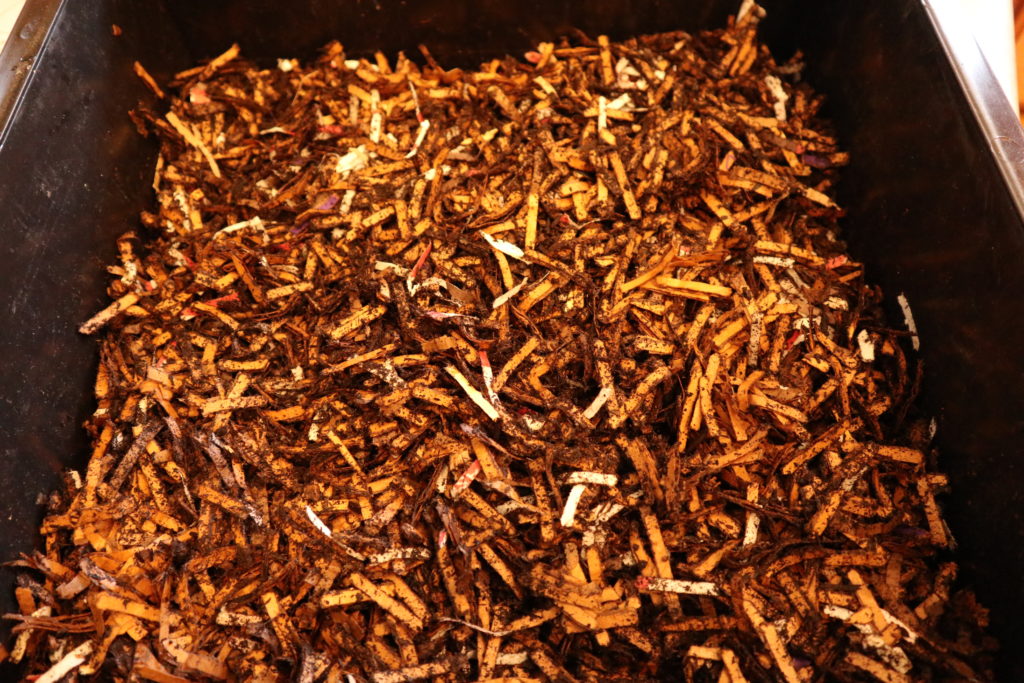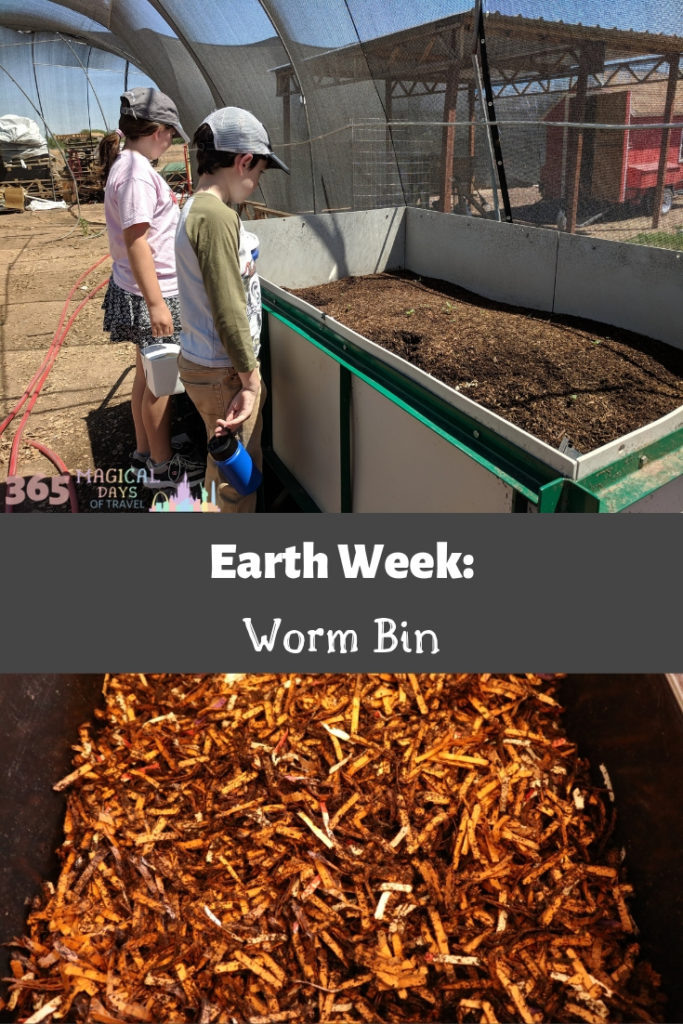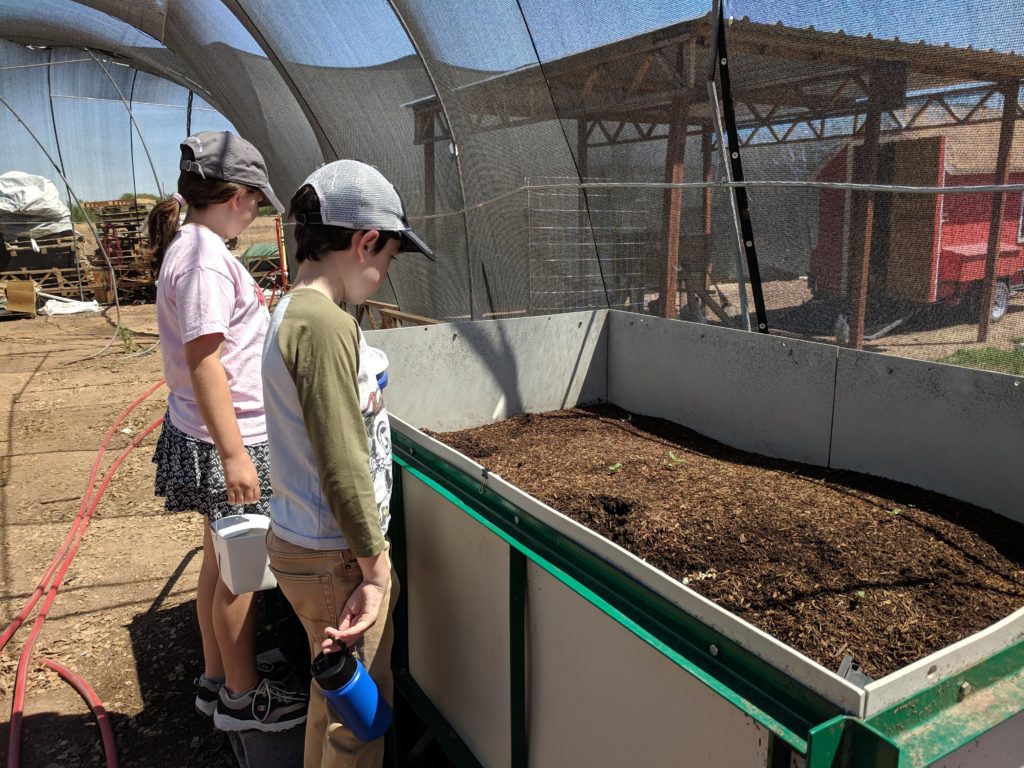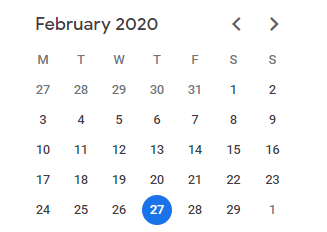208/365
The kids were off yesterday, so we decided to take the time to visit the Arizona Worm Farm as a family. My husband has been busy this spring preparing our backyard for a suburban garden, and a worm bin can be an essential component of a healthy garden, especially here in the Valley of the Sun with our hard, clayish soil.
Preparing the Worm Bin
Luckily, we’ve attempted this endeavour before, so we dug our old worm bin out of the garage and got it cleaned up for its new residents. Red wrigglers are different than earthworms. They tend to live in the decaying matter instead of the soil, so they don’t need a lot of dirt, just some shredded cardboard and paper, and lots of kitchen scraps to eat. Bryan wet the cardboard in the sink, and added some dry paper to balance out the moisture. Last up was a bit of filtered garden soil to top it off.

Worm Food
The great thing about the worms is that they will eat just about anything. We’ve been keeping a container of our produce scraps and eggshells on the counter for the past few weeks to add to our growing compost pile, but we saved the best, juiciest bits for our worms. Bryan has been reading about the worms’ favorite foods and how to keep them healthy and thriving. Our 1,000 worms could consume up to a pound of food a day. They will eventually even eat the paper bedding!
Adding the Worms
As soon as we had some of their favorite food buried just under the top layer of bedding, we were ready to add the worms. When we dumped the worms from their container, they were able to disappear beneath the surface amazingly quick. The kids wanted to “play” with them, but the worms were too fast for them!
Harvesting the Worm Compost
The bin we have is specially designed to make harvesting the compost and worm “tea” easy. We’re starting with just one section, but eventually we will add other sections to sort the worms from their compost. The worms will move to the section where the food is, so the compost falls to the next section. As they eat everything in one section, you just add new bedding and food in a new section, plop it on top, and they make their way there, leaving behind nutrient-rich compost to add to the garden!





